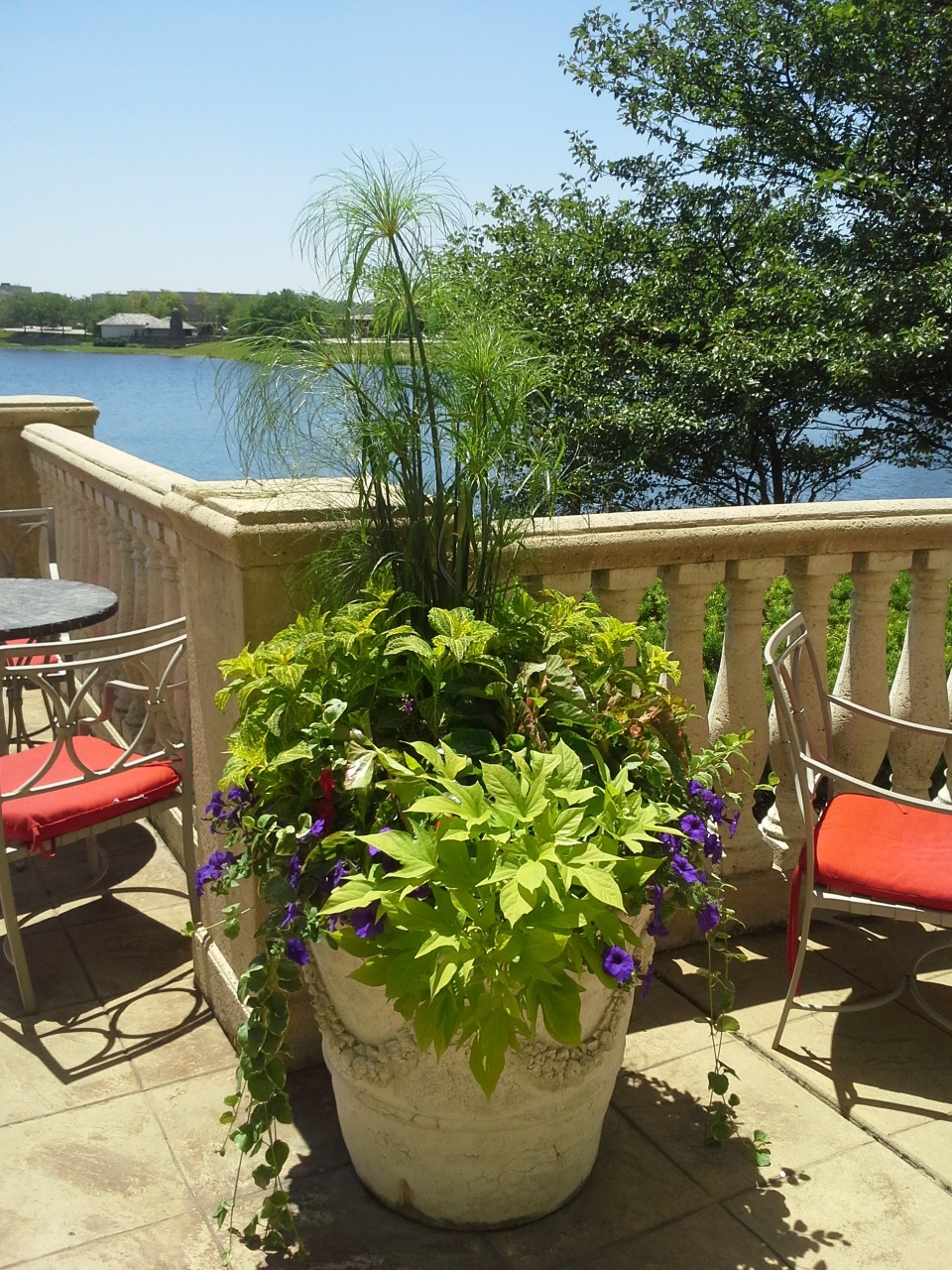Gardening in Containers and Raised Beds
Many gardeners choose to raise plants in containers or in raised beds. Those with limited gardening space and those who love patio accents find that containers fit the bill. Those with poor soil or poor drainage may find that raised beds offer a viable and productive alternative to growing vegetables or other plants. Raised beds may also offer better access to plants for those with impaired mobility.
Rosie Lerner, Purdue consumer horticulture specialist (retired), authored a publication entitled, “Container and Raised Bed Gardening.”
Lerner said that containers that can be used for gardening are limited only by your imagination. “Clay, wood, plastic, cement, and metal are all suitable materials for growing plants,” she said. “Many items around the house can be modified for use as plant containers, such as pots, tubs, crates, buckets, bushel baskets, whiskey barrels, tires, wheelbarrows and hanging baskets.” She adds that whatever you choose, a good container must allow excess water to drain out and provide sufficient space for roots to grow.
Lerner said lightweight, well-drained and well-aerated media is best for growing plants in containers. “Garden soil alone will soon become compacted in a container garden, leading to poor aeration and water drainage,” she said. “Many garden supply stores offer premixed potting soil or soilless mixes and are ideal for small containers.”
“Naturally smaller plants are better adapted to the confines of a container garden,” said Lerner. “But even large plants such as tomatoes, melons, and squash can be productive if given a large enough container.” Many garden catalogs feature compact flower and vegetable cultivars that are more suitable for containers or smaller growing spaces.
Additionally, containers offer the opportunity for attractive floral and plant displays. You may want to design some larger, decorative containers with a thriller, a filler, and a spiller. “Thrillers” are large, upright plants in the middle of the container, or toward the rear if the container is against a wall or structure that only allows viewing from the front. A “filler” is a smaller-statured plant that fills or mounds the top of the container. “Spillers” are planted near the rim of the container and have a trailing habit that will spill over the edge of the container with growth.
Maybe one of your winter projects is spending some time planning for the construction of new raised beds for next year’s growing season.
Raised beds are typically constructed with water-resistant wood (such as redwood or cedar), synthetic lumber, or treated lumber. Depending on your needs, dimensions may vary. No side support is needed for shallow beds less than 6 inches tall. Deeper beds need wall supports.
You will want to be able to reach everything in the bed without stepping into it. “A bed that will only be accessible from one side should be no more than 2 feed wide, while a bed that can be reached from both sides could be up to 4 feet wide,” said Lerner.
Raised beds should be filled with good quality topsoil. They will help improve drainage in heavy clay soils or low-lying areas. Soil structure can be improved within the raised bed by adding well-rotted manure, compost or other organic materials. Vermiculite or perlite can also be incorporated.
For both raised beds and containers, they should be in an area with plenty of light with access to a water source, or an area to which you can easily carry water or reach with a hose.
For more information, access Lerner’s original publication online at www.edustore.purdue.edu.

